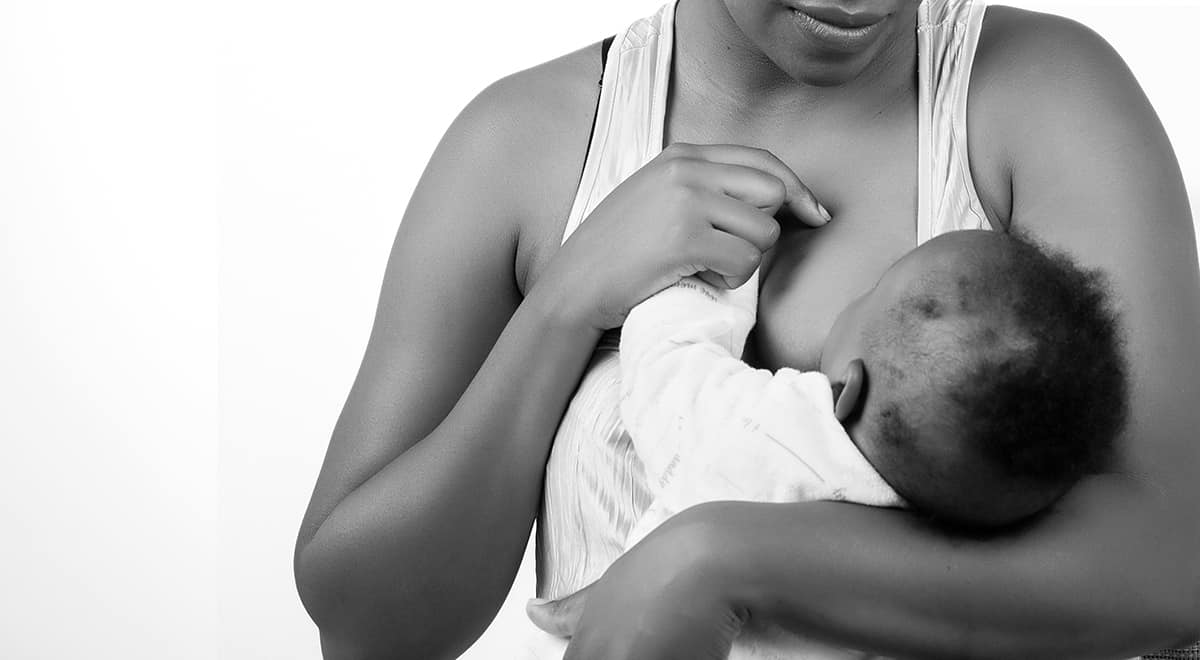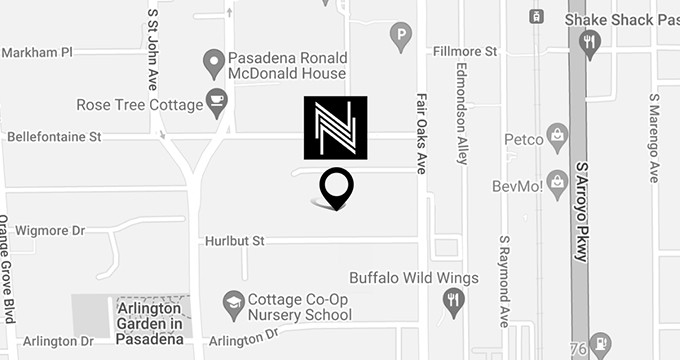
August is National Breastfeeding Month. “Can I still breastfeed after breast surgery?” is one of the most asked questions during consultations with board-certified plastic surgeon Dr. Nima Naghshineh. Many women who undergo breast procedures go on to successfully breastfeed in the future.
Breast surgery can alter the amount of breast tissue and nerve supply to the breasts, but most breast augmentation and lifts will not impact breastfeeding. However, breast reduction and reconstruction after a total mastectomy often affects lactation. While most women are concerned about their breastfeeding ability, the better question is, “Will breast surgery affect my milk supply?”
Breast Augmentation and Breastfeeding
Research on breastfeeding after breast augmentation is limited, but many women with silicone and saline breast implants go on to breastfeed. Most women with breast or nipple surgery can produce some milk, but they may not have a full milk supply, requiring supplementation with donor breast milk or formula. However, breastfeeding is not an all-or-nothing experience.
You can improve your chances of breastfeeding with breast implants by discussing your concerns with Dr. Nima during your consultation, and meeting with a lactation consultant after birth. Breast implants placed under the pectoral muscle tend to have less effect on breastfeeding than over-the-muscle implants. Research shows the longer you wait between breast surgery and breastfeeding, the better the outcome and milk supply.
Implant-free breast augmentation with fat transfer is unlikely to affect breastfeeding.
Breast Lift and Breastfeeding
The surgical technique used for breast lift may affect breastfeeding, so it’s important to discuss your options at your consultation. Milk creation relies on glandular tissue and milk ducts. Some breast lift techniques may remove glandular tissue and relocate the nipple-areolar complex, affecting the ability to create milk. Incisions around the areola or detaching the areola and nipples are more likely to lead to reduced milk supply.
Breast Reduction and Breastfeeding
Milk production after breast reduction depends on how many milk ducts and nerves remain connected and functional to enable lactation. Breast reduction removes glandular tissue and may reduce the size of or relocate the areolas. These changes naturally affect breastfeeding. While some women may not produce enough milk after breast reduction, they may still latch their baby for “comfort nursing.”
Mastectomy and Breast Reconstruction
It’s unlikely that a woman with a partial or total mastectomy will produce enough breast milk for breastfeeding. The mastectomy removes breast tissue and damages essential nerves required for lactation, and breast reconstruction cannot remedy these changes. However, a woman can still breastfeed if only one breast requires treatment. Unilateral or one-sided breastfeeding can provide enough milk for healthy infant growth.
Many women enjoy successful breastfeeding journeys after breast surgery, whether they create enough milk or require supplementation. If you plan to have more children and wish to breastfeed, discuss your concerns with Dr. Nima.
Schedule a breast surgery consultation at Dr. Nima Plastic Surgery in Pasadena, California, by calling (626) 696-8181.


